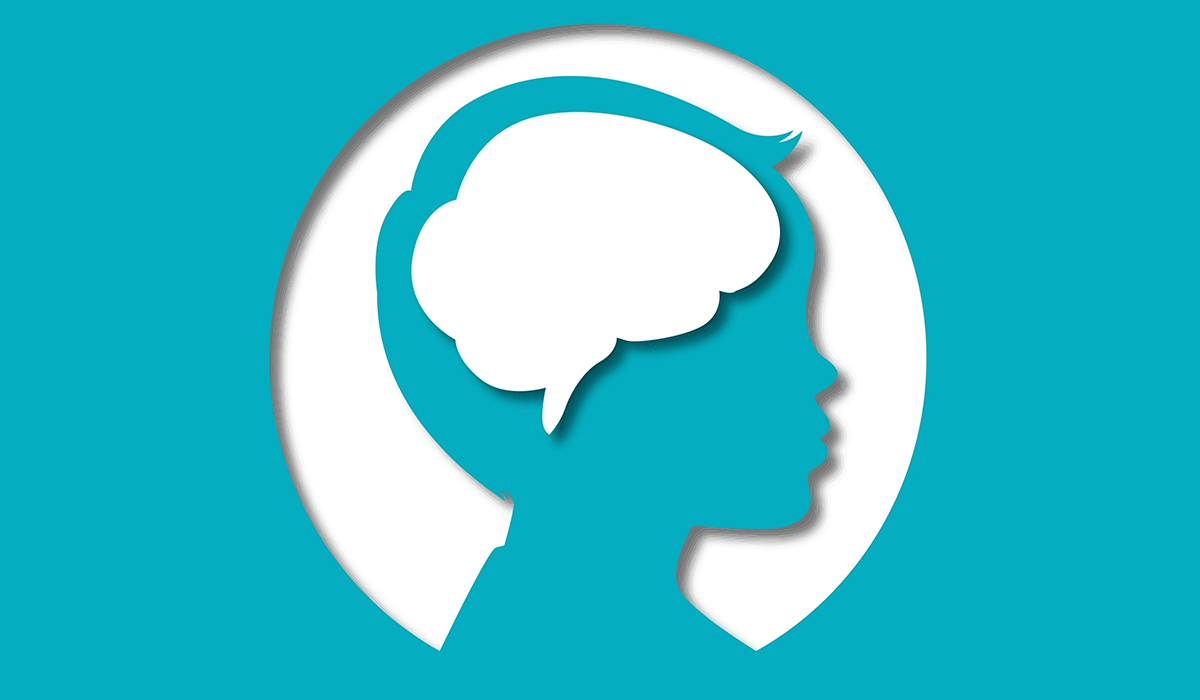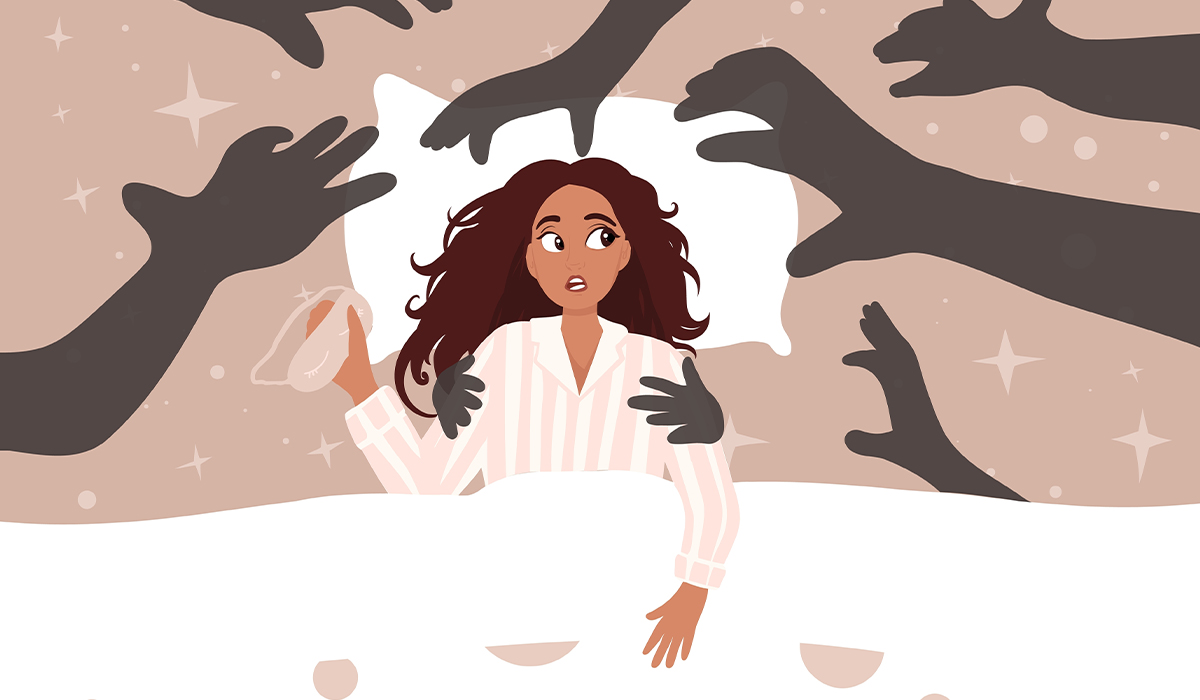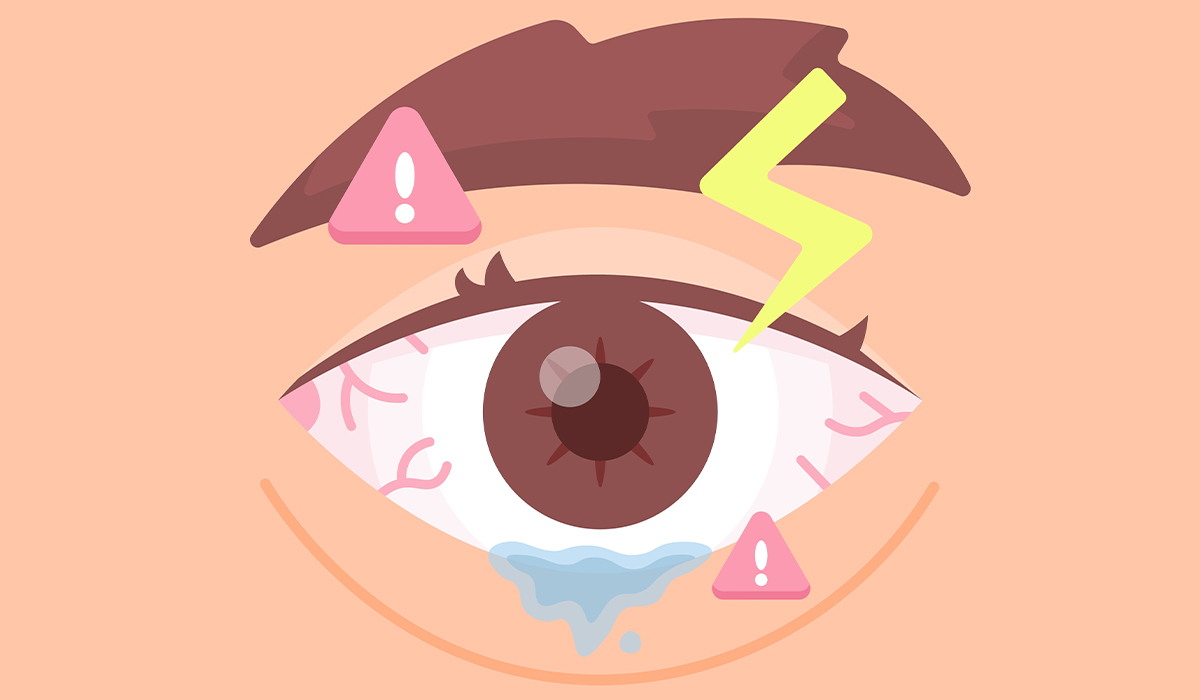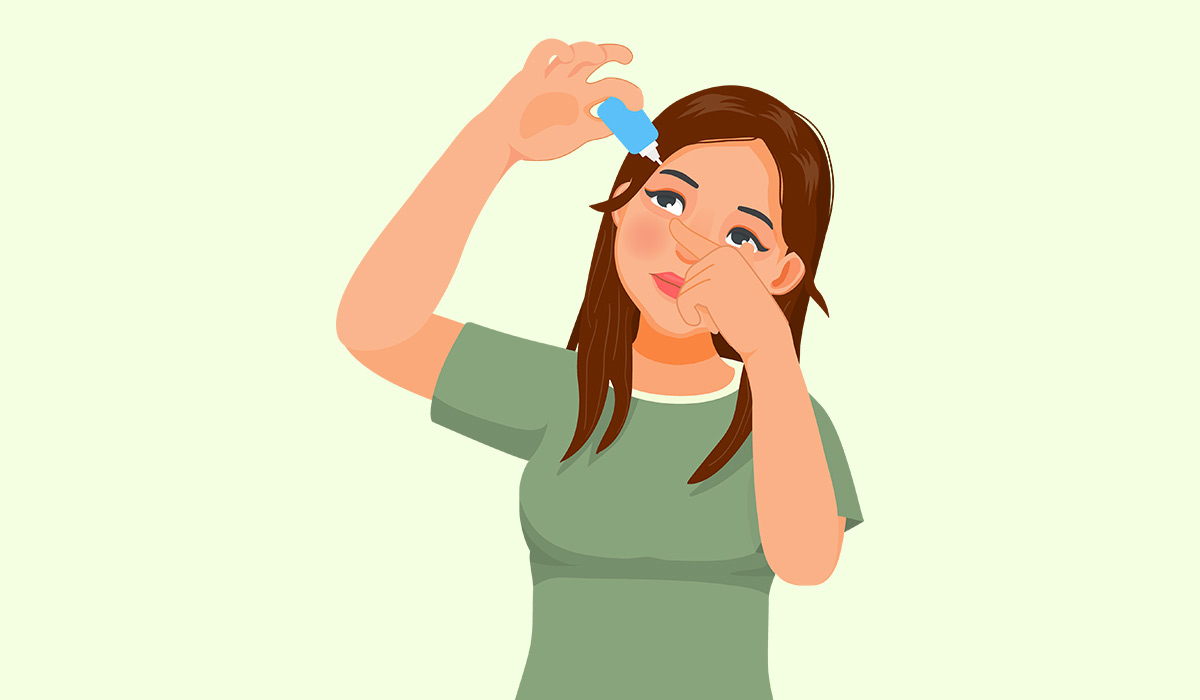Bell's palsy is a sudden weakening or paralysis of facial muscles, typically on one side of the face. It's a temporary condition that usually goes away after several weeks.
Its characteristic symptoms include drooping of the corner of the mouth, facial stiffness, difficulty frowning, smiling, and performing other facial movements.
Bell's palsy is also referred to as acute peripheral facial palsy of unknown cause because it is not fully understood why it develops. Scientists believe it occurs due to the inflammation and swelling of the nerve that controls the facial muscles on one side of the face.
If you get Bell's palsy, you may think that something life-threatening is happening to your body. There is no denying that symptoms like limited ability to control muscles, partial paralysis, or drooping of one side of the face sound perilous and disturbing. You may suspect a stroke or other severe condition. Fortunately, that is not true for Bell's palsy, which is not severe and rarely leads to health complications.
Continue reading the article to learn why you shouldn't panic if you get Bell's palsy and what you can do to get rid of this problem.
Bell's palsy is considered a common condition. For every 100,000 people, it is estimated to affect 15 to 30 individuals. While it can occur at any age, it is most often observed in people between 15 and 45![]() .
.
Bell's palsy is usually not considered a dangerous condition. While the sudden onset of facial weakness or paralysis can be distressing, the vast majority of people with Bell's palsy experience a complete recovery within six months. In some cases, recovery may occur much sooner.
It's vital for individuals who suspect they have Bell's palsy to seek medical attention quickly to receive a proper diagnosis and appropriate treatment. While the condition can be concerning, the outlook for most people with Bell's palsy is positive, and the condition rarely leads to life-threatening complications.
Many doctors believe Bell's palsy happens when the seventh cranial nerve is compressed and inflamed![]() , leading to facial weakness and other symptoms. However, there has yet to be a consensus on what exactly contributes to the development of this condition.
, leading to facial weakness and other symptoms. However, there has yet to be a consensus on what exactly contributes to the development of this condition.
Bell's palsy is often linked to a viral infection. According to the scientific evidence, the following viruses may be responsible for the inflammation of the seventh cranial nerve:
According to the experts, Bell's palsy can develop if a virus that stays dormant in the body wakes up due to specific triggers. These may include stress, sleep deprivation, being sick, physical trauma, and autoimmune disease.
The process of developing Bell's palsy is believed to start when the facial nerve gets swollen due to the inflammation caused by one of the viruses. This, in return, creates pressure in the bony canal (the Fallopian canal)). Then, the pressure reduces oxygen supply and blood flow to nerve cells, according to the National Institute of Neurological Disorders and Stroke.

The following factors put you at higher risk of developing Bell's palsy:
Researchers believe that there is a connection between genetics and Bell's palsy. One organization that is a proponent of this hypothesis is the National Organization for Rare Disorders, which states that some people are more prone to Bell's palsy because of inherited predispositions.
Other scientists also note that despite Bell's palsy is not likely to reoccur, such cases most often happen in people with a family history of this condition.

While symptoms caused by Bell's palsy and their severity vary from person to person, the early signs are usually the same. They typically include pain behind the ear and mild fever.
Bell's palsy may then progress into a benign condition causing minor inconveniences like a mild facial weakness or a more severe case with total paralysis as a possible result. Whether you develop benign or severe cases depends on the inflammation and pressure the facial nerve is exposed to.
The telltale sign of full-fledged Bell's palsy is facial muscle paralysis that usually develops on one side of the face![]() . Weakness or paralysis typically affects the corner of the mouth, eyelid, eye, eyebrow, and forehead. It may look as if one side of your face is drooping and cause the following symptoms:
. Weakness or paralysis typically affects the corner of the mouth, eyelid, eye, eyebrow, and forehead. It may look as if one side of your face is drooping and cause the following symptoms:
The above symptoms often appear suddenly and become the most problematic 48 to 72 hours after the early signs. Some people develop it on both sides of their face, though it is scarce.
Most people don't develop any complications due to Bell's palsy. Mild cases usually resolve completely within one month. Severe Bell's palsy, however, may result in additional health issues. The most common complications include the following:
To determine if you have Bell's palsy, your healthcare provider will physically examine your face and ask about the symptoms you are experiencing. It will be helpful information for your doctor if you remember when they started and how they progressed.
After an initial examination, you may be asked to perform facial movements such as frowning, closing your eyes, showing your teeth, smiling, and other facial expressions. Your doctor will notice if Bell's palsy weakened or paralyzed your facial muscles.
A vital step of diagnosis is also ruling out other conditions that may mimic symptoms of Bell's palsy. These include stroke, Lyme disease, tumors, sarcoidosis, multiple sclerosis, and middle ear bacterial infections. In contrast, healthcare providers can usually tell the difference based on the visible symptoms and physical examination, and some order tests to confirm the diagnosis.
These tests usually include one or more of the following procedures:
Whether you receive treatment or not, you are very likely to fully recover from Bell's palsy within a few weeks or months![]() in severe cases. Your healthcare provider may recommend ways to speed up the recovery and improve the comfort of life during recovery.
in severe cases. Your healthcare provider may recommend ways to speed up the recovery and improve the comfort of life during recovery.
Surgery is rarely considered as an option. Instead, you may be prescribed medications, instructed about proper eye care at home, and recommended therapies or home remedies.
Medications recommended for Bell's palsy are usually antiviral medicines and oral corticosteroids. Antiviral medications may benefit people with severe Bell's palsy caused by a virus. It is said that they may speed up the recovery, but unfortunately, their effectiveness is unsettled. You are more likely to get recommended corticosteroids, which help reduce nerve swelling.
Some healthcare providers recommend electrical stimulation to prevent the shortening of the muscles affected by Bell's palsy.
Proper eye care is vital for those who suffer from dry or irritated eyes because of Bell's palsy. Eye drops, including artificial tears, are usually recommended to soothe dry eyes and increase comfort. On the other hand, eyepatch can benefit people who have difficulty closing their eyes. Wearing an eyepatch helps prevent eye injury and protects the eye from irritants that can get inside if Bell's palsy causes an eyelid to malfunction.
Home treatment for Bell's palsy includes over-the-counter pain relievers such as aspirin, ibuprofen, and acetaminophen, and physical therapy, which encompasses massaging and exercising facial muscles according to the guidance of a physical therapist.
Surgery is used as a last resort when Bell's palsy doesn't improve after time or doesn't respond well to other forms of treatment.

Symptoms of Bell's palsy may be similar to a stroke![]() . Call emergency immediately after you experience the following warning signs:
. Call emergency immediately after you experience the following warning signs:
If your symptoms indicate Bell's palsy rather than a stroke, you are in no need of an emergency. However, seeking medical attention as soon as possible is vital to address your condition promptly. Treatment for Bell's palsy is the most effective if it starts within 72 hours after the first symptoms develop.
Bell's palsy is a temporary condition characterized by sudden facial muscle weakness or paralysis, often on one side of the face. While it can be distressing, it is not considered dangerous and usually resolves within weeks or months. The causes are not fully understood, but it is associated with viral infections, stress, infections, and autoimmune diseases, among other causes.
Symptoms include facial weakness or paralysis, asymmetrical smile, drooping eyelid, difficulty closing the eye, numbness, pain behind the ear, headaches, and changes in taste. Complications are rare but may include dry eye, eye infections, and facial nerve damage.
Diagnosis involves a physical examination, assessing facial movements, and ruling out other conditions through blood tests, MRI/CT scans, electromyography, and lumbar puncture.
Most cases resolve independently, but medications like corticosteroids may be prescribed to reduce inflammation. Physical therapy and eye care are also recommended, while surgery might be considered in the most severe cases.
Emergency attention is necessary if symptoms resemble a stroke, including arm or leg weakness, speech difficulty, blurred vision, or loss of balance. If Bell's palsy is suspected, seeking medical attention within 72 hours after symptom onset improves treatment effectiveness.
Table of Contents

Cerebral palsy is a set of disorders characterized by impaired psychomotor development. What are its causes? What is the treatment… read more »

Sleep paralysis is a condition in which you experience a feeling of inertia of the entire body. What are the… read more »

Angelman syndrome is a neurogenetic disorder that is often misdiagnosed. Find out what the characteristic symptoms are and learn about… read more »

Strabismus is an eye misalignment, a condition when eyes look in different directions. It can affect both children and adults.… read more »

Eye infections are common conditions where an eye becomes red, itchy, and painful. What are the common causes? How is… read more »

An ophthalmologist is an eye doctor. They are trained to diagnose, treat, and manage eye and vision conditions. Each part… read more »

Eye drops are liquid medications designed to be applied directly into the eyes for various purposes. They are used to… read more »

Polio is a disease that is now very rare. However, not being vaccinated can increase the risk. Find out about… read more »

Botulism is a rare but dangerous disease that can lead to death. Find out how to avoid it. Learn about… read more »